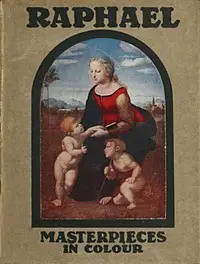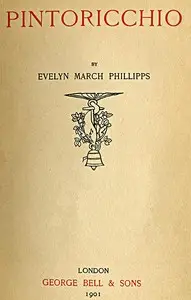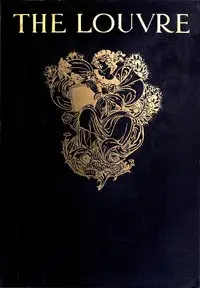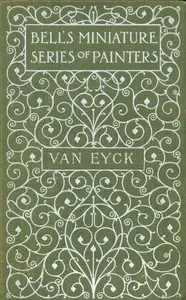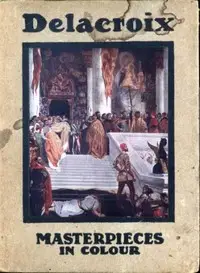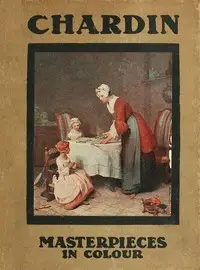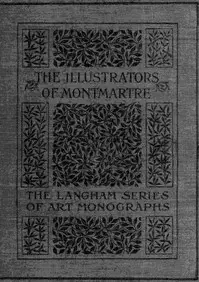"Filippo Lippi" by Paul G. Konody is a biographical exploration of the famous Italian Renaissance artist, Filippo Lippi, who lived in the 15th century. The biography paints a picture of Lippi's life, his character, and how the times he lived in shaped his art. It looks at his relationships, especially his romance with Lucrezia Buti, and how these affected his career. The writings trace Lippi's journey from his early life, through his relationships with powerful patrons like the Medici, to his growth as an artist, showing how he helped move art from the older Gothic styles to the newer Renaissance ways, as expressed in his paintings and other works.
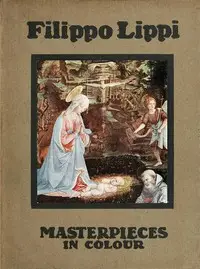
Filippo Lippi
By Paul G. (Paul George) Konody
Discover the captivating story of a Renaissance painter whose life was as colorful as his art, filled with passion, scandal, and groundbreaking artistic innovation.
Summary
About the AuthorPaul George Konody was a Hungarian-born, London-based art critic and historian, who wrote for several London newspapers, as well as writing numerous books and articles on noted artists and collections, with a focus on the Renaissance. A recognized expert on the art of the Renaissance, he was lauded for his evaluation of claims of authenticity for works from that period, correctly debunking Wilhelm von Bode's assertion that a bust of Flora was sculpted by Leonardo da Vinci. During World War I, Konody became interested in the representation of war in the arts, and directed an effort to commemorate Canadian participation in that war.
Paul George Konody was a Hungarian-born, London-based art critic and historian, who wrote for several London newspapers, as well as writing numerous books and articles on noted artists and collections, with a focus on the Renaissance. A recognized expert on the art of the Renaissance, he was lauded for his evaluation of claims of authenticity for works from that period, correctly debunking Wilhelm von Bode's assertion that a bust of Flora was sculpted by Leonardo da Vinci. During World War I, Konody became interested in the representation of war in the arts, and directed an effort to commemorate Canadian participation in that war.

